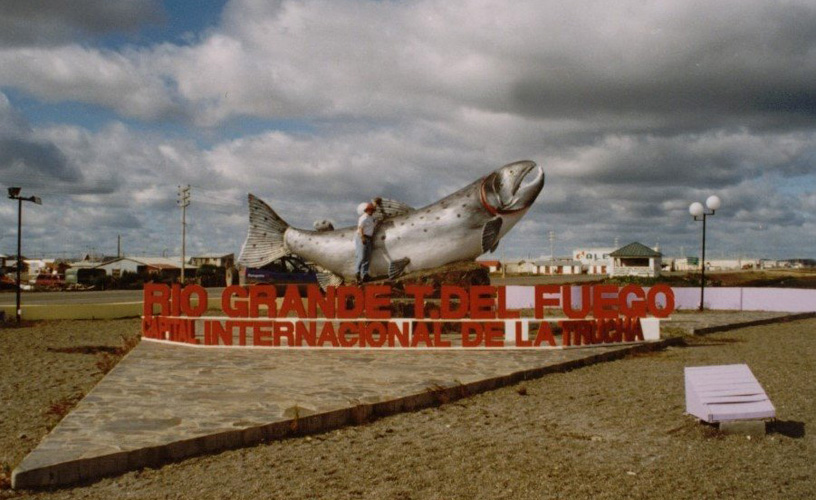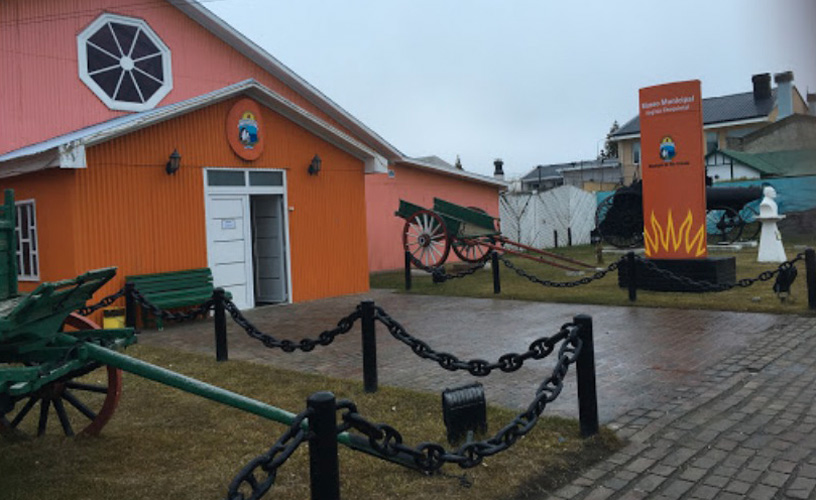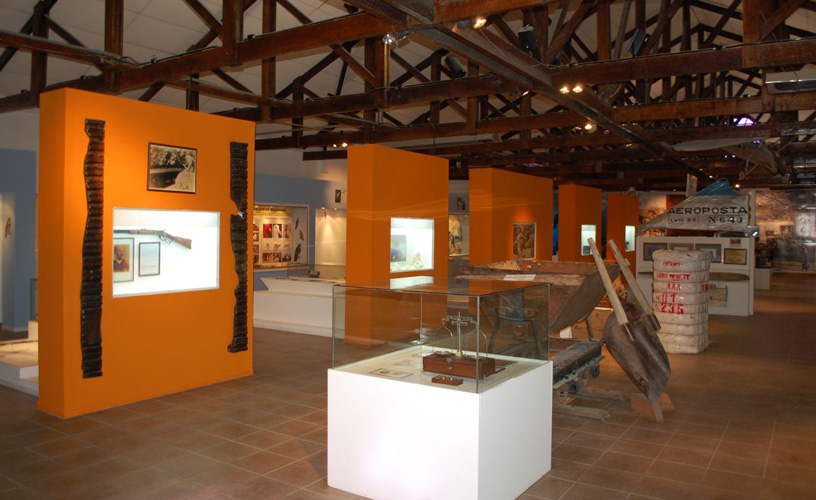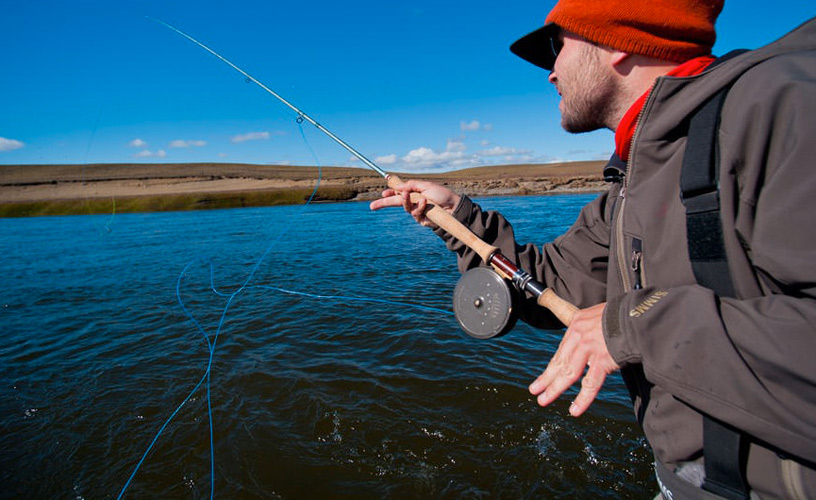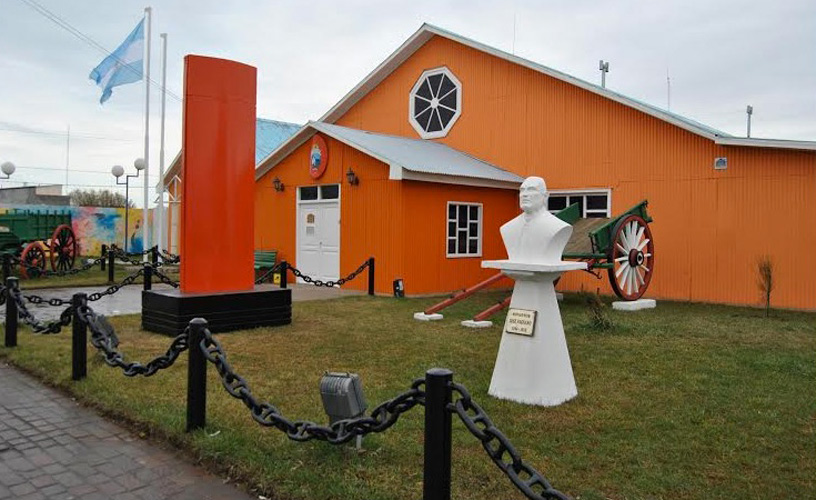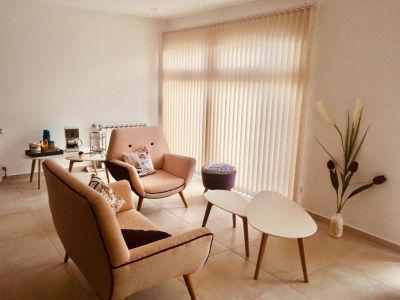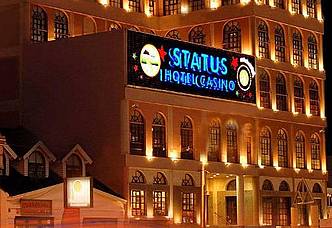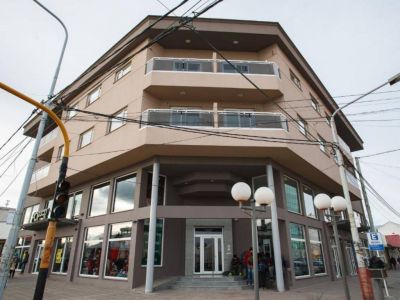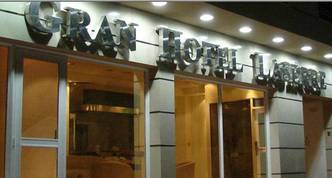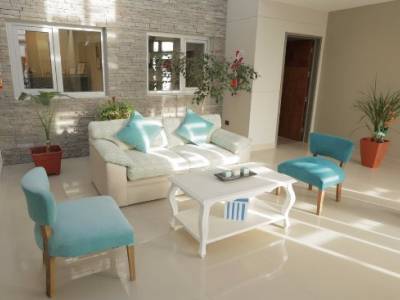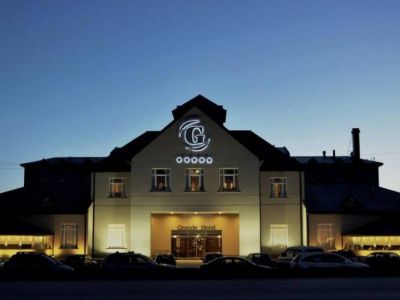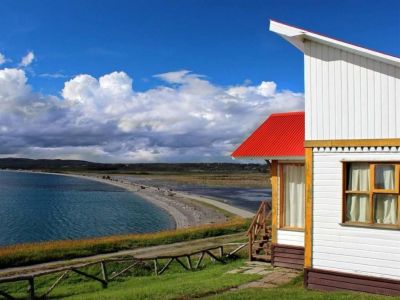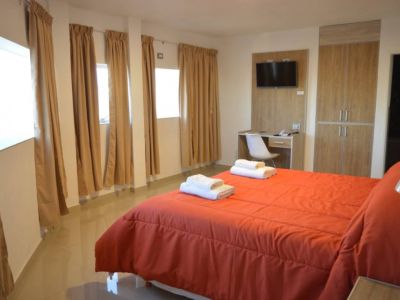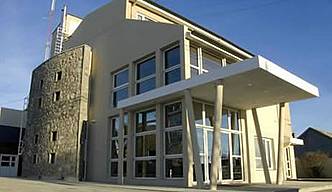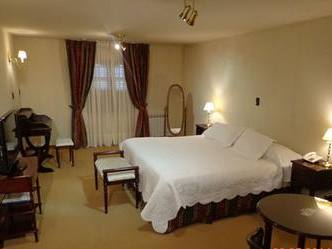A Tour around the City of Río Grande
Day after day, more and more tourists packages in Río Grande let visitors see the high plateau in Tierra del Fuego and the attractions of a city that offers all the services.
Río Grande, the second most important city in Tierra del Fuego, welcomed us with southern hospitality and quiet streets, spacious avenues and a population that fills it with life and movement. We reached Río Grande at sunset following National Route 3. The pink hues in the Patagonian sky were our letter of presentation. In spite of the time, we managed to tour around the city and get an impression of its lifestyle. We noticed a certain sea aroma in the air. The temperature was low, though it was summer. We started our ride following Santa Fe Avenue and the place called Paseo de la Ciudad. Then we headed towards Crucero General Belgrano promenade. We saw the boulevard where the Naval Aviation and Malvinas Islands Monument convinced us that each monument paid tribute to some historical moment in the city. We saw flags unfurling opposite the sea and we learned that every year on April 2, the residents of Río Grande gather up at this spot to pay tribute to those fallen in the Malvinas War.
Our next step was to visit Virginia Choquintel Municipal Museum, whose rooms treasure the memory of the various historical moments in the region ever since it was inhabited by the selk’nam. Located on Alberdi Street, very close to the center, its rooms are devoted to the culture of the first nations (onas and yámanas) and their later integration to the colony. A very educational self-guided tour includes a nourished collection of regional topics: native history and culture, contemporary history, flora and fauna. We continued our ride towards the waterfront and Ameghino Street, where we came across the Rafaela Ishton native people cultural house, which is temporarily closed. We spotted the Salesian Mission and Cape Domingo, with its viewpoint crowded with a wonderful variety of birds flying over it and we made a promise to pay a longer visit to it later on. As we crossed the waterfront again, we came close to the former slaughter house. It is an abandoned building today but it used to be the main development engine in the region in other times. The sea was our constant companion. We could see it, smell it or find references to it all throughout the city. Río Grande grows as a result of its tourist undertakings. Not only can travelers visit estancias, but they can also tour around its waterways in search of good trout. In addition, its denizens continue to give fresh impetus to industry.
Mónica Pons
Gentileza Riogrande.gob.ar
Contact of the excursion or tour
Dirección Municipal de Turismo
Rosales 350, Río Grande, Tierra del Fuego, Agentina
Phone: +54 2964-431324
Entrada libre
